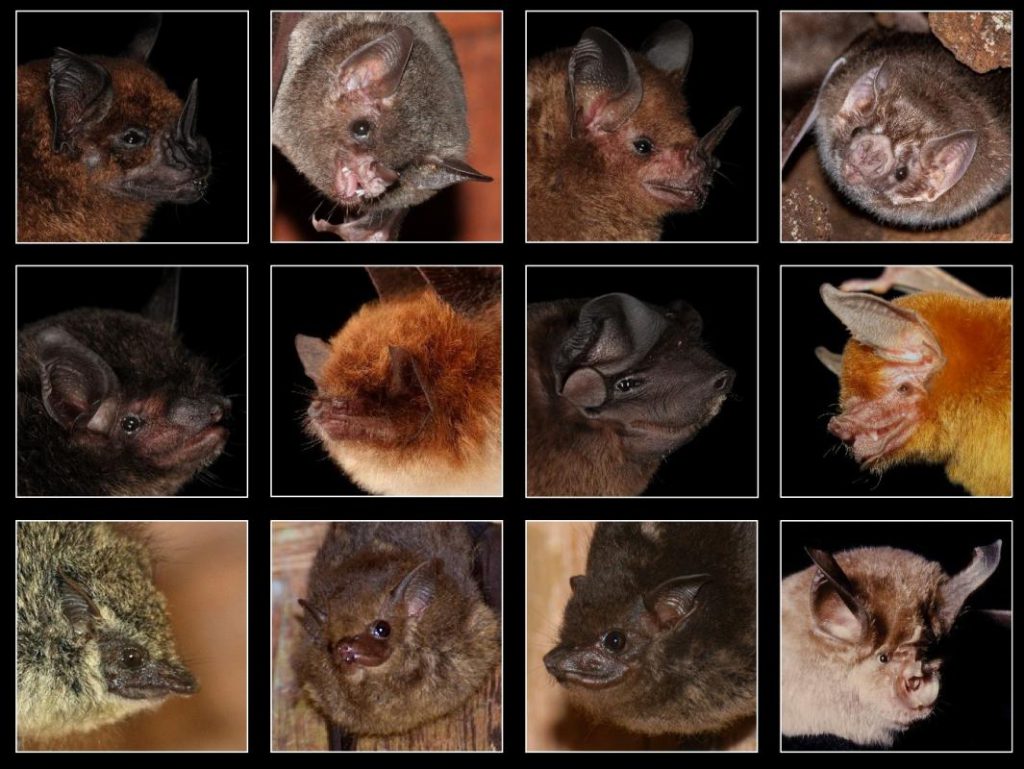Abstract: Differences in auditory perception between species are influenced by phylogenetic origin and the perceptual challenges imposed by the natural environment, such as detecting prey- or predator-generated sounds and communication signals. Bats are well suited for comparative studies on auditory perception since they predominantly rely on echolocation to perceive the world, while their social calls and most environmental sounds have low frequencies. We tested if hearing sensitivity and stimulus level coding in bats differ between high and low-frequency ranges by measuring auditory brainstem responses (ABRs) of 86 bats belonging to 11 species. In most species, auditory sensitivity was equally good at both high- and low-frequency ranges, while amplitude was more finely coded for higher frequency ranges. Additionally, we conducted a phylogenetic comparative analysis by combining our ABR data with published data on 27 species. Species-specific peaks in hearing sensitivity correlated with peak frequencies of echolocation calls and pup isolation calls, suggesting that changes in hearing sensitivity evolved in response to frequency changes of echolocation and social calls. Overall, our study provides the most comprehensive comparative assessment of bat hearing capacities to date and highlights the evolutionary pressures acting on their sensory perception.

Portraits of a selection of 12 bat species included in this study. Despite the obvious morphological differences between species, all had two peaks in hearing sensitivity that corresponded to the frequency range of their echolocation and social calls. Species identity and photo credit from left to right and top to bottom: greater spear-nosed bat (Marco Tschapka), Pallas’ long-tongued bat (Mirjam Knörnschild), Seba’s short-tailed bat (Marco Tschapka), common vampire bat (Michael Stifter), black myotis (Marco Tschapka), Spix’s disc-winged bat (Mirjam Knörnschild), velvety free-tailed bat (Marco Tschapka), Parnell’s mustached bat (Mirjam Knörnschild), proboscis bat ( Michael Stifter ), lesser sac-winged bat (Mirjam Knörnschild), greater sac-winged bat (Michael Stifter), and greater horseshoe bat (Hans Schneider).
Original study:
Lattenkamp EZ, Nagy M, Drexl M, Vernes SC, Wiegrebe L, Knörnschild M. (2021): Hearing sensitivity and amplitude coding in bats are differentially shaped by echolocation calls and social calls. Proc Biol Sci. 288(1942): 20202600. doi: https://doi.org/10.1098/rspb.2020.2600
